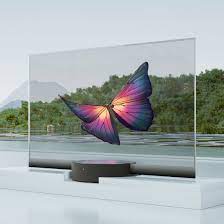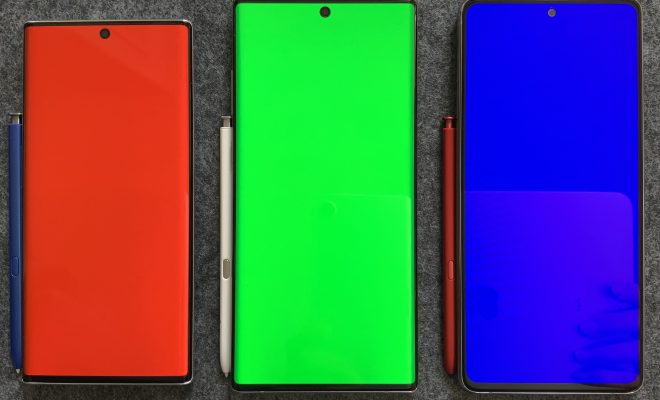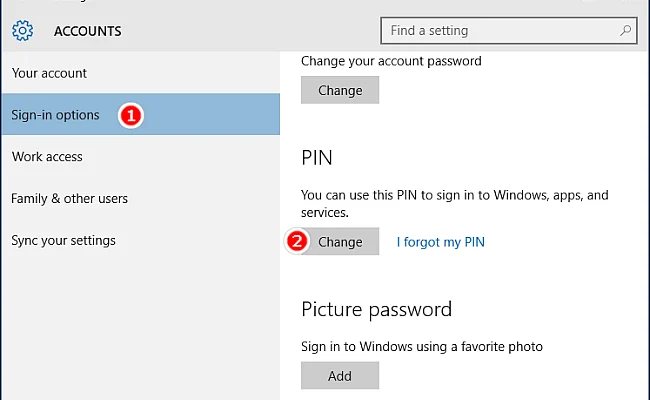How Does a Transparent TV Work?

A transparent TV is a marvel of technology that has become increasingly popular in recent years. This innovative television offers an unparalleled viewing experience that is both aesthetically pleasing and functional. But how exactly does a transparent TV work? In this article, we will delve into the technology behind a transparent TV to give you a better understanding of how it works.
A transparent TV, also known as a see-through TV or an invisible TV, is essentially a transparent display that can be used as a television. This means that when the TV is turned off, it acts as a transparent window, allowing you to see through it just like any other glass surface. But when the TV is turned on, it displays images and videos like a regular television.
So, how is this possible? The technology behind a transparent TV is based on OLED (Organic Light Emitting Diode) technology. OLED is a specific type of display technology where each pixel is made up of an organic material that emits its light. These pixels emit light when excited by an electrical charge, which results in the formation of an image on the screen.
In a transparent TV, the OLED layer is sandwiched between two sheets of glass. The OLED layer is thin enough that you can see through it when there is no electrical charge applied to it. However, when a charge is applied, the pixels light up, and an image is formed. The glass on either side of the OLED layer is also specially treated to ensure that it is as transparent as possible, allowing for maximum visibility.
One of the advantages of a transparent TV is that it can be used for both entertainment and advertising purposes. Since the screen is transparent, it can be used to display images and videos while also allowing you to see what is going on behind the screen. This makes it an ideal choice for use in bars, restaurants, and other commercial settings.
Another advantage of a transparent TV is its aesthetic appeal. Since it is transparent when turned off, it blends seamlessly with its surroundings, making it a great choice for modern interior design. Additionally, some models can be programmed to display digital images or art even when turned off, further enhancing its aesthetic appeal.






